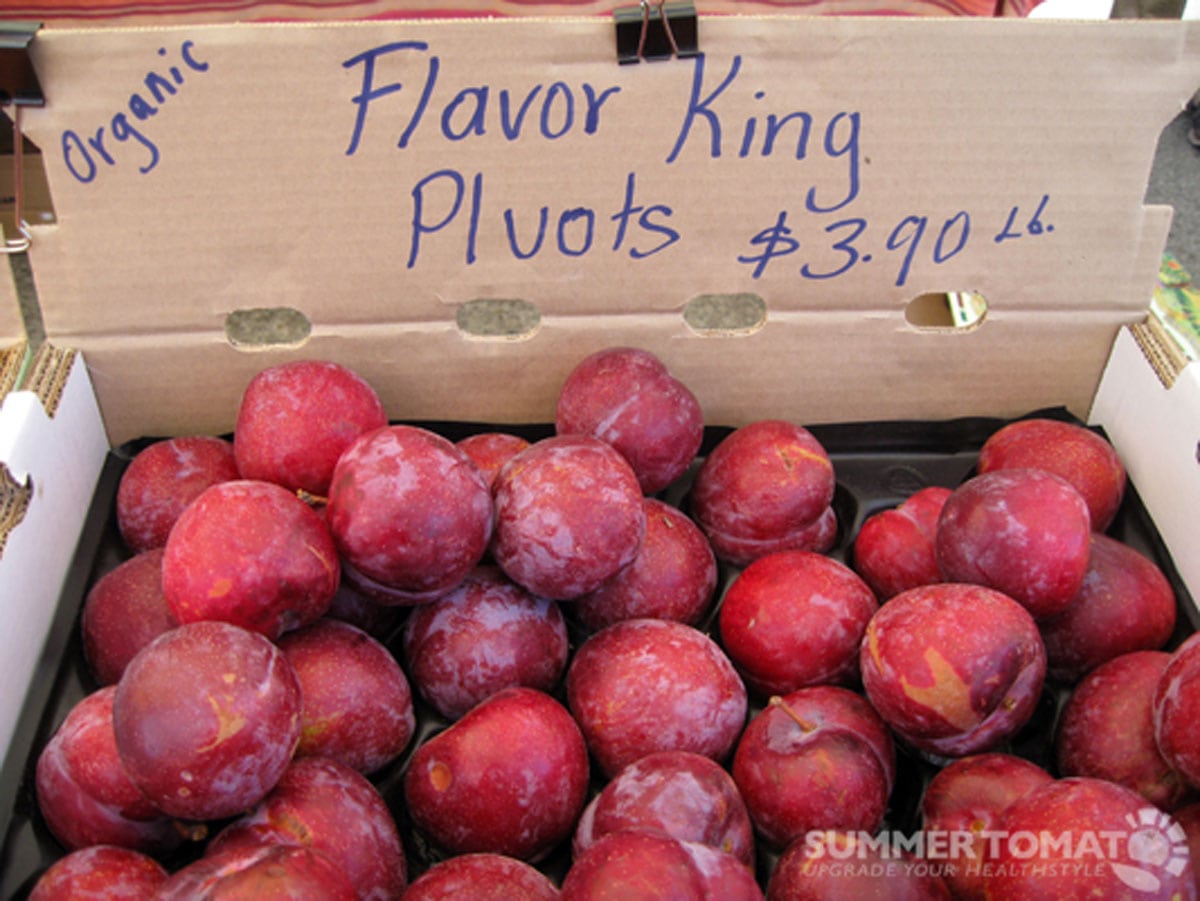Flavor King Plums: How To Grow Flavor King Pluot Trees


If you appreciate plums or apricots, you are likely to love the fruit of the Flavor King pluot trees. This cross between a plum and an apricot that has many characteristics of a plum. The fruit of Flavor King fruit trees are technically pluots, but many people call them Flavor King plums. If you want to know more about Flavor King plums, aka pluots, read on. We’ll also give you tips on how to grow Flavor King pluot trees.
What is a Pluot?
Pluots are unique, interspecies hybrids, mixing a lot of plum with a lesser amount of apricot genetics. The fruits look like plums and taste like plums but they have a texture more like apricots. The pluot is an "interspecific" hybrid, a complex mix of two species of fruit. It is some 70 percent plum and some 30 percent apricot. Smooth-skinned and sturdy, the fruit is full of sweet juice without the tough skin of a plum.
About Flavor King Pluot Trees
Flavor King pluot trees produce some of the best (and most popular) pluots. Since the plum-apricot hybrids resemble plums, many call the fruits “Flavor King plums.” They are celebrated for their sensational bouquet and sweet, spicy flavor. Flavor King fruit trees are naturally small, usually not getting taller than 18 feet (6 m.) tall. You can keep them even shorter with regular pruning. The trees produce lovely fruit, rounded pluots with reddish-purple skin and flesh that is yellow and crimson. Fans rave about pluots from Flavor King trees, calling them truly the ‘kings of flavor.’
How to Grow Flavor King Pluot Trees
For those gardeners wondering how to grow Flavor King pluots, check your hardiness zone first. The trees thrive in U.S. Department of Agriculture plant hardiness zones 6 through 10 – that means that the tree is best for mild climates. And Flavor King pluot trees have a relatively low chill requirement. They need less than 400 hours of temperatures at 45 degrees Fahrenheit (7 C.) or below to produce. Plant these trees during their period of dormancy. Late winter or early spring works well. Provide well-draining soil, plenty of sun and adequate irrigation. Don’t worry about having to rush the harvest. The fruit is ready for harvest in mid-season, usually during late summer and early fall, but there’s no hurry to get it off the tree. Flavor King plums hold well on the tree, and they remain firm for a fortnight after maturity.
Sign up for the Gardening Know How newsletter today and receive a free copy of our e-book "How to Grow Delicious Tomatoes".

Teo Spengler is a master gardener and a docent at the San Francisco Botanical Garden, where she hosts public tours. She has studied horticulture and written about nature, trees, plants, and gardening for more than two decades, following a career as an attorney and legal writer. Her extended family includes some 30 houseplants and hundreds of outdoor plants, including 250 trees, which are her main passion. Spengler currently splits her life between San Francisco and the French Basque Country, though she was raised in Alaska, giving her experience of gardening in a range of climates.